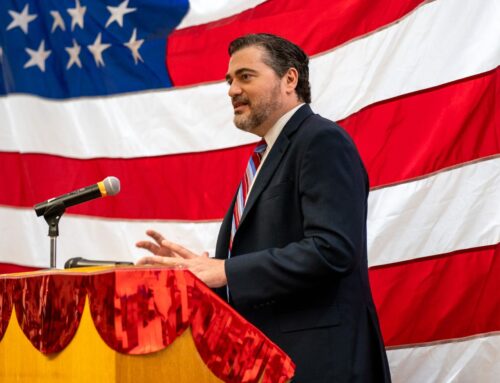By Joe Bousquin, Senior Reporter, Construction Dive | July 27, 2021
As the Champlain Towers collapse raises legal issues around building failures, contractors need to know that liability for injuries or death can last for decades.
This feature is a part of “The Dotted Line” series, which takes an in-depth look at the complex legal landscape of the construction industry.
Within a day of the collapse of the Champlain Towers South condominium in Surfside, Florida, the lawsuits began. While most of them to date have been aimed at the building’s condominium association, the city of Surfside and the engineering firms that conducted inspections on the structure, others target “any person or entity that might bear some responsibility” for the tragedy, according to news reports.
Construction attorneys say contractors often make the faulty assumption that they can’t be held liable for damages that arise from events that happen on projects they built years ago. It’s true that implied and express warranties for construction or material defects on projects are usually limited to one to three years, and that the statute of limitations on construction defects, depending on jurisdiction, is usually limited to no more than 10 years.
But that doesn’t mean contractors can’t be the target of litigation decades after completing a project if a failure occurs.
“In New York, the statute of limitations on a construction defect is six years from the date of substantial completion,” said Megan Yllanes, a partner and co-chair of the general liability defense practice group at law firm Kaufman Dolowich & Voluck. “But for personal injury, it’s three years from when an injury occurs. So in theory, litigation could be brought many, many years later, including 40 years later.”
Gregg Schlesinger, a Fort Lauderdale, Florida, attorney and licensed general contractor who lives 5 miles from the Surfside collapse, said contractors assuming their liability is over once the job is done is a common misconception.
“I hear it from contractors all the time: ‘We’re not responsible,'” Schlesinger said. “Well, yeah, you are.”
A moral obligation
Beyond liability, attorneys emphasized to Construction Dive that contractors have both a professional and moral obligation to make sure their work is sound.
“A contractor has a duty to perform construction of a project in accordance with the applicable building codes, the approved plans and specifications, and standards of good workmanship,” said George Breur, partner at Mark Migdal & Hayden. “If a contractor breaches these duties and causes defective work, it is responsible for the resulting damages.”
Good workmanship is also explicitly called out in many contracts, including the templates included in the American Institute of Architects’ General Conditions contract series.
“The AIA standard calls for work to be free from material defects, with the work performed in a sound and workmanlike manner,” said Carol Sigmond, a partner in the construction practice group at Greenspoon Marder.
Contractual vs third-party litigation
[…]
Patent vs. latent defects
Much of the confusion among contractors surrounding the liability they do or don’t have for incidents that occur on completed projects comes down to the definition of patent versus latent defects, and a legal concept known as the Slavin Doctrine.
“A patent defect is one that you can see with your eyes,” said Schlesinger, such as a door that doesn’t shut correctly, or a window that’s installed upside down, an error that would be obvious to a layperson. A latent defect, on the other hand, “is a defect that’s hidden or not easily detectable,” he said, such as concrete not being poured to specified strength.
Under the Slavin Doctrine, contractors can’t be held liable for injuries sustained by third parties when the injuries occurred after a contractor completes their work, the work is accepted by the property owner and the defects causing the injury were patent.
But for latent defects, such as not enough rebar being used in structural concrete, Slavin doesn’t apply. “In that case, the contractor is still on the hook,” Schlesinger said.
Do the right thing
The best course of action for contractors to protect themselves from liability is to perform their work in a diligent and professional manner and not cut corners, attorneys say.
“If you see the structural drawings call for #3 rebar, and you believe it should be #5 or #8, don’t build it that way. Bring it to someone’s attention, and figure out what it should be,” said Schlesinger. “Don’t try to sneak something in, because you end up being responsible for it. Be a professional, and do the right thing.”




